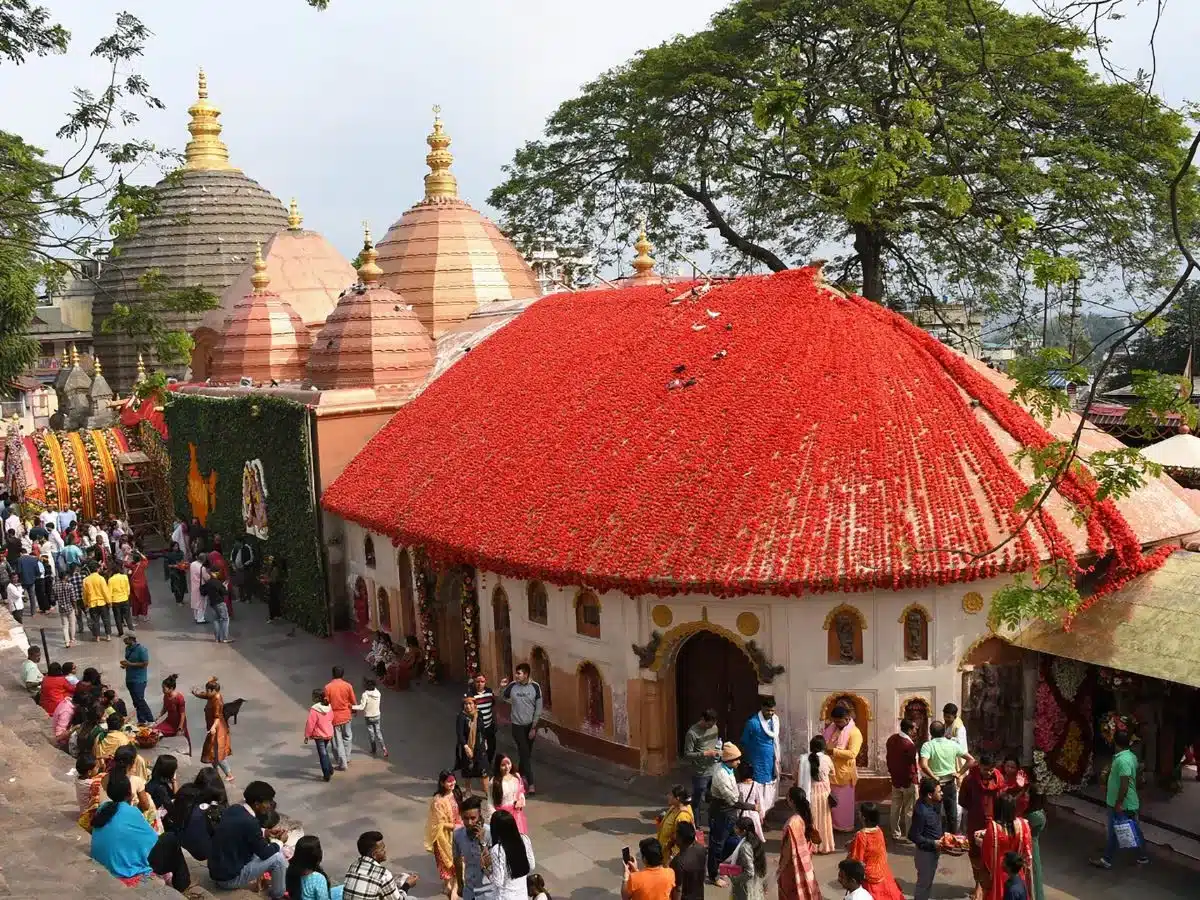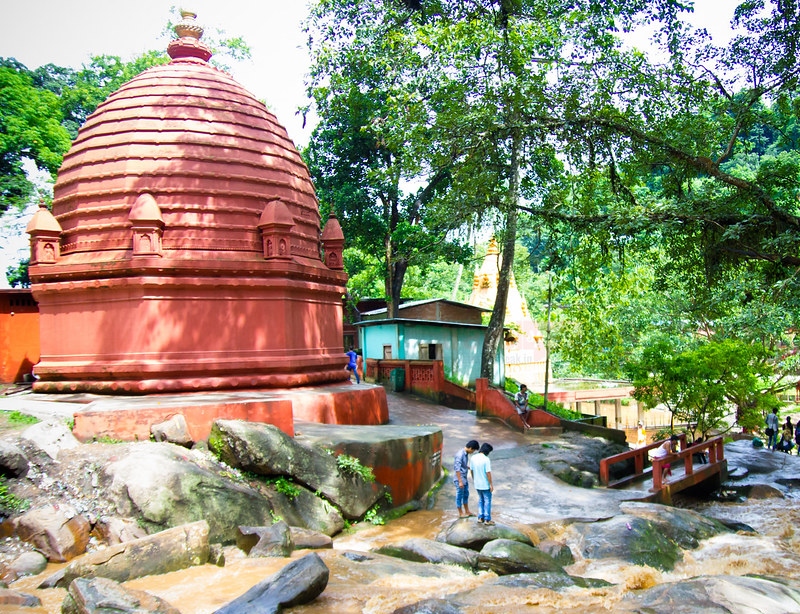Halmari Tea Estate: A Jewel in Assam's Tea Legacy
Assam, the land of the mighty Brahmaputra, is renowned worldwide for its tea. Among the many esteemed tea estates in this region, Halmari Tea Estate stands out as a symbol of excellence and tradition. Nestled in the lush, green landscape of Dibrugarh, Halmari Tea Estate has a rich history and an unwavering commitment to producing some of the finest teas in the world. This blog delves into the enchanting world of Halmari Tea Estate, exploring its history, tea production process, and what makes it a must-visit destination for tea enthusiasts.
A Glimpse into History
Halmari Tea Estate's origins date back to 1913, when the British colonialists recognized the potential of Assam's fertile land for tea cultivation. Over the years, the estate has evolved, blending traditional practices with modern techniques to ensure the highest quality of tea. Today, Halmari Tea Estate is managed by the Daga family, who have been at the helm since the 1980s. Their dedication and passion have propelled Halmari to the pinnacle of the global tea industry.

The Tea Production Process
The journey of Halmari tea from the estate to your cup is a meticulous process that reflects a perfect harmony between nature and human expertise. Here’s a closer look at the stages involved:
- Cultivation: The tea plants at Halmari are grown in optimal conditions, benefiting from Assam’s rich soil, abundant rainfall, and ideal climate. The estate spans over 374 hectares, meticulously maintained to ensure the health and vigor of the tea bushes.
- Plucking: The quality of tea begins with the careful plucking of the tender two leaves and a bud, which are rich in flavor and aroma. Experienced workers, with their deft hands, ensure that only the best leaves are selected.
- Withering: The plucked leaves are spread out to wither, reducing their moisture content and making them pliable for the next stages of processing. This process is critical in developing the leaves' unique flavors.
- Rolling: The withered leaves are rolled to break their cell walls, allowing the natural juices to ooze out and oxidize. This step is essential for developing the tea's color, flavor, and aroma.
- Oxidation: The rolled leaves are left to oxidize, during which they undergo chemical changes that enhance their flavor profile. The duration and conditions of oxidation are carefully controlled to produce the desired characteristics.
- Drying: The oxidized leaves are dried to halt the oxidation process and reduce their moisture content to around 3%. This step ensures that the tea can be stored for extended periods without losing its quality.
- Sorting and Grading: The dried leaves are sorted and graded based on size, appearance, and quality. Halmari Tea Estate is known for its meticulous grading process, ensuring that only the finest teas make it to the market.

The Varieties of Halmari Tea
Halmari Tea Estate produces an array of teas, each with its unique flavor profile and characteristics. Some of the notable varieties include:
- Halmari Orthodox Tea: Known for its rich and robust flavor, this tea is a favorite among connoisseurs. It has a bright liquor and a well-balanced taste, making it perfect for any time of the day.
- Halmari CTC Tea: This variety is popular for its strong and brisk flavor, ideal for those who enjoy a hearty cup of tea. It is often used in blends for making traditional Assam chai.
- Halmari Green Tea: For those seeking a healthier option, Halmari's green tea offers a refreshing and subtle taste, packed with antioxidants and other beneficial compounds.
Visiting Halmari Tea Estate
A visit to Halmari Tea Estate is a journey into the heart of Assam’s tea culture. The estate offers guided tours where visitors can witness the entire tea production process, from plucking to packaging. The lush greenery, the rhythmic plucking of tea leaves, and the aromatic air create an immersive experience.

During the tour, visitors can also participate in tea tasting sessions, where they can savor the different varieties of Halmari tea and learn about the nuances of tea tasting from experts. The estate’s hospitality ensures that every visitor leaves with a deeper appreciation for Assam tea.
Why Halmari Tea Estate Stands Out
Halmari Tea Estate’s commitment to quality, sustainability, and innovation sets it apart from other tea estates. The estate employs sustainable farming practices, ensuring minimal environmental impact while maintaining high standards of tea production. Their focus on research and development has led to the creation of award-winning teas that have garnered global recognition.

Moreover, the estate's dedication to its workers and the local community is commendable. Halmari provides its workers with fair wages, healthcare, and education, fostering a supportive and thriving community.
Conclusion
Halmari Tea Estate is not just a place where tea is grown; it is a testament to Assam's rich heritage and the timeless allure of tea. For tea lovers and travelers alike, a visit to Halmari offers a unique opportunity to experience the art of tea making in its truest form. So, when in Assam, do not miss the chance to explore Halmari Tea Estate and take home a piece of Assam’s finest tea.











